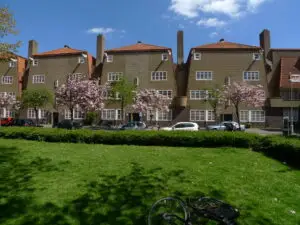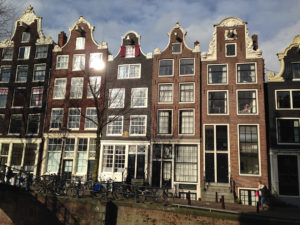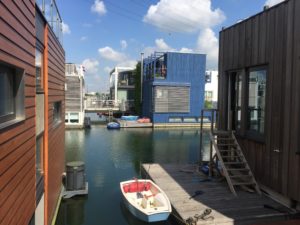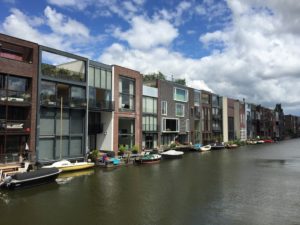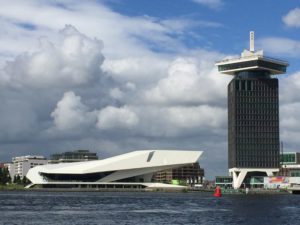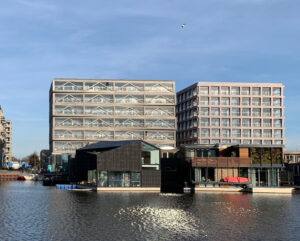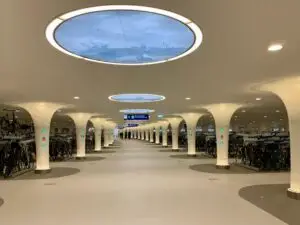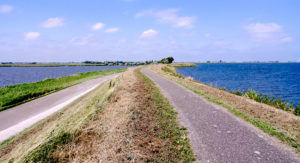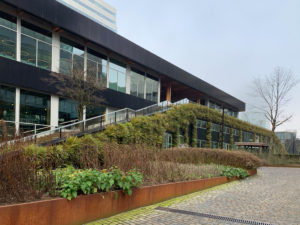Structuralism in Amsterdam
- Amsterdam
- Duration: 3–4 hours
- Date: to be determined
- max. 15 participants per guide
- by bike
- Contact us for a quote!
In the 1950s and 60s, a school of Dutch architects emerged, which aimed to re-introduce the human scale into modern architecture. Their building designs were based on geometric structures, often composed of smaller units and with a possibility for future extension. The new architectural language was called Structuralism. One of the most iconic example was the orphanage by Aldo van Eyck, which could accommodate 125 children and now serves as office space. But there are many more examples of structuralist architecture in Amsterdam, from Herman Hertzberger’s Apollo Schools to Theo Bosch’ housing complex Pentagon.
On this tour, you will experience several representative examples of structuralist architecture, from the 1960s until the 1980s. We’ll tell you all about this movement, its protagonists, the renewed inteterest in post-65 heritage and the current discussion about re-use and transformation options.
Programme: Structuralism in Amsterdam
Hubertus house (Aldo van Eyck & Theo Bosch, 1978)
Urban renewal in Nieuwmarktbuurt, with various housing projects by Aldo van Eyck and Theo Bosch
Residential complex Pentagon (Theo Bosch, 1981)
Faculty building P. C. Hoofthuis (Theo Bosch, 1984)
Apollo schools (Herman Hertzberger, 1983)
Orphanage (Aldo van Eyck, 1960)


